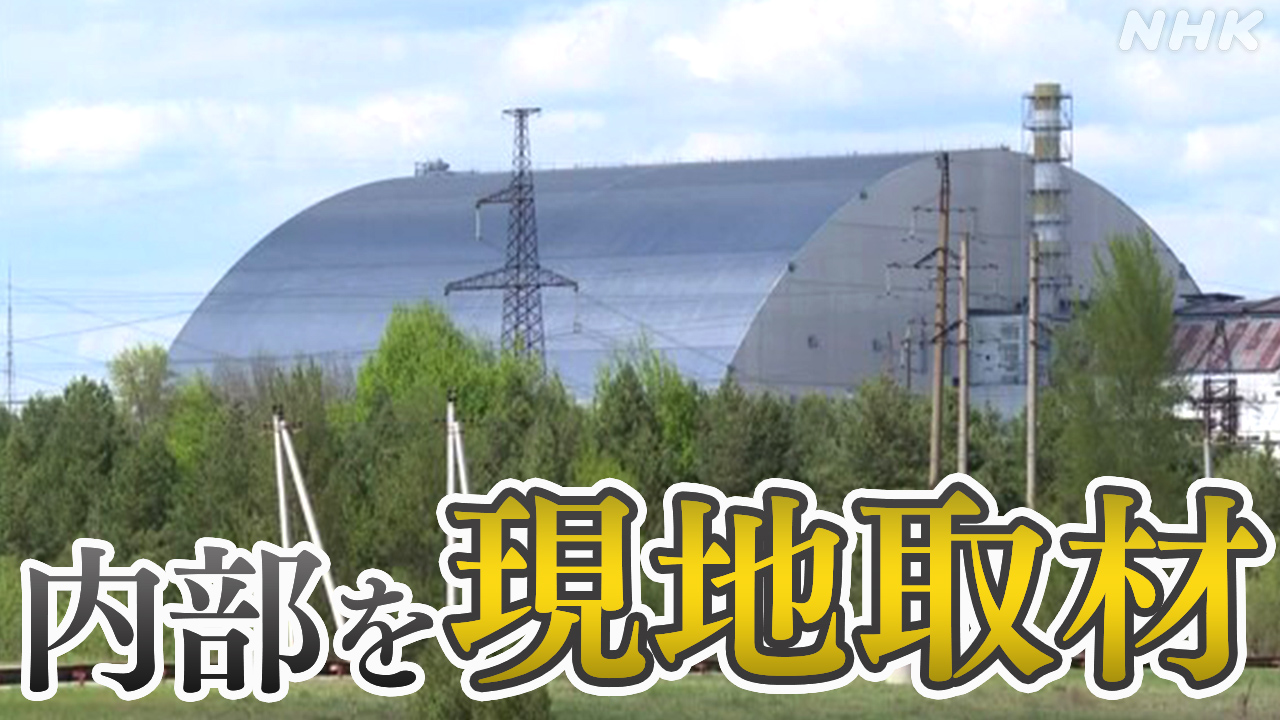Russia's Attack on Chernobyl: Urgent Concerns Over the Nuclear Shelter's Condition
The ongoing conflict in Ukraine has raised serious concerns about the safety and security of the Chernobyl Exclusion Zone, particularly the precarious condition of the shelter encasing the damaged nuclear reactor. Russia's military occupation of the area has introduced a range of new threats to the already fragile site, prompting international alarm. This article delves into the current state of the Chernobyl shelter, the risks posed by the conflict, and the implications for global nuclear safety.
The Precarious State of the Chernobyl Shelter Before the Invasion
The Chernobyl Nuclear Power Plant, site of the world's worst nuclear disaster in 1986, has been secured by a massive New Safe Confinement (NSC) structure, a state-of-the-art arch completed in 2019. This structure, designed to contain the highly radioactive materials within the destroyed reactor, was a monumental engineering feat. However, even this robust shelter is vulnerable to the impacts of war. Before the Russian invasion, maintaining the shelter and its surrounding infrastructure relied heavily on Ukrainian personnel and international collaborations. This delicate balance was shattered by the conflict.
Pre-Invasion Challenges:
- Funding and Maintenance: Ongoing maintenance and upgrades required significant international funding and collaboration. Disruptions to this support system risked compromising the long-term safety of the NSC.
- Staffing: Skilled personnel were crucial for monitoring radiation levels, managing the site's security, and overseeing the complex machinery within the shelter.
- Power Supply: The shelter relies on a consistent power supply for its various systems. Power outages could have severe consequences.
Russia's Invasion: Exacerbating Existing Risks
The Russian invasion introduced unprecedented challenges. Reports from various international organizations and Ukrainian officials paint a concerning picture.
Immediate Threats Posed by the Invasion:
- Disruption of Monitoring and Maintenance: The occupation disrupted access for Ukrainian personnel, hindering essential monitoring, maintenance, and repair work. This poses a direct threat to the structural integrity of the NSC and the ongoing management of radioactive materials.
- Power Outages: Fighting and damage to power infrastructure have led to intermittent power outages, jeopardizing the critical cooling systems within the shelter. Loss of power could lead to overheating and potential breaches in containment.
- Damage to Infrastructure: Reports indicate potential damage to external infrastructure surrounding the shelter, indirectly threatening its stability.
- Security Risks: The presence of military personnel and equipment near the site raises concerns about accidental damage or deliberate acts of sabotage. The potential for theft of valuable materials or equipment also exists.
International Concerns and the Path Forward
The International Atomic Energy Agency (IAEA) has repeatedly expressed profound concern about the situation at Chernobyl. They have highlighted the need for uninterrupted power supplies, the security of the site, and the safety of personnel. The longer the occupation continues, the greater the risk of a serious incident.
Key International Responses:
- IAEA Monitoring: The IAEA is actively attempting to monitor the situation remotely and has called for unimpeded access to the site for inspections.
- International Pressure: Many countries are putting pressure on Russia to ensure the safety and security of the Chernobyl Exclusion Zone.
- Humanitarian Aid: International organizations are working to provide humanitarian aid to the affected areas, though access remains challenging.
Long-Term Implications and Conclusion
The impact of Russia's attack on the Chernobyl shelter extends far beyond the immediate threat to the site itself. The potential for a catastrophic release of radioactive materials would have devastating consequences for Ukraine, neighboring countries, and the global environment. Continued international vigilance, pressure on Russia to ensure the security of the site, and long-term investment in nuclear safety infrastructure are crucial to mitigating the risks and ensuring the long-term stability of the Chernobyl Exclusion Zone. The ongoing situation necessitates constant monitoring and a proactive approach to preventing a potential nuclear catastrophe.
Keywords: Chernobyl, Chernobyl Nuclear Power Plant, Russia Ukraine War, Nuclear Disaster, New Safe Confinement (NSC), Radiation, IAEA, Nuclear Safety, International Security, Ukraine Conflict, Radioactive Waste, Nuclear Accident, Environmental Disaster, Global Security
(Call to Action): Stay informed about the evolving situation at Chernobyl and support organizations working to ensure nuclear safety worldwide. Learn more about the IAEA's efforts at [link to IAEA website].
